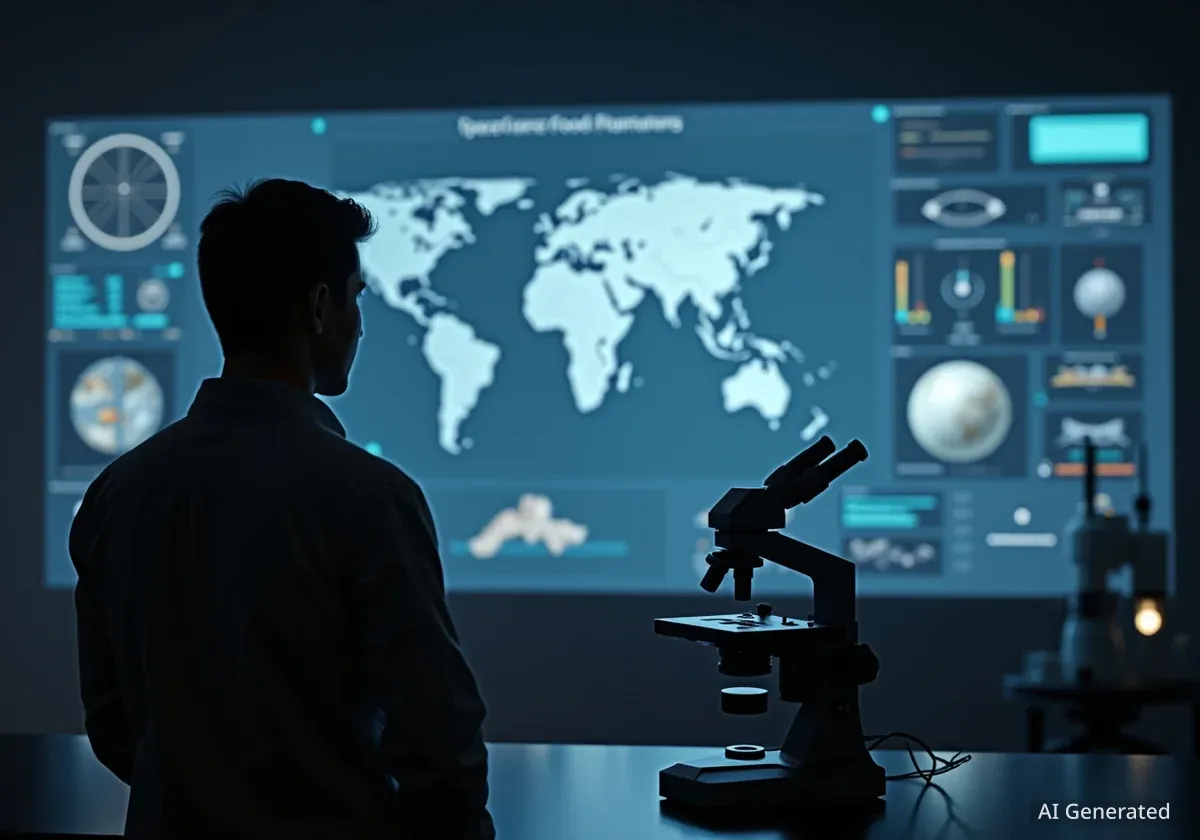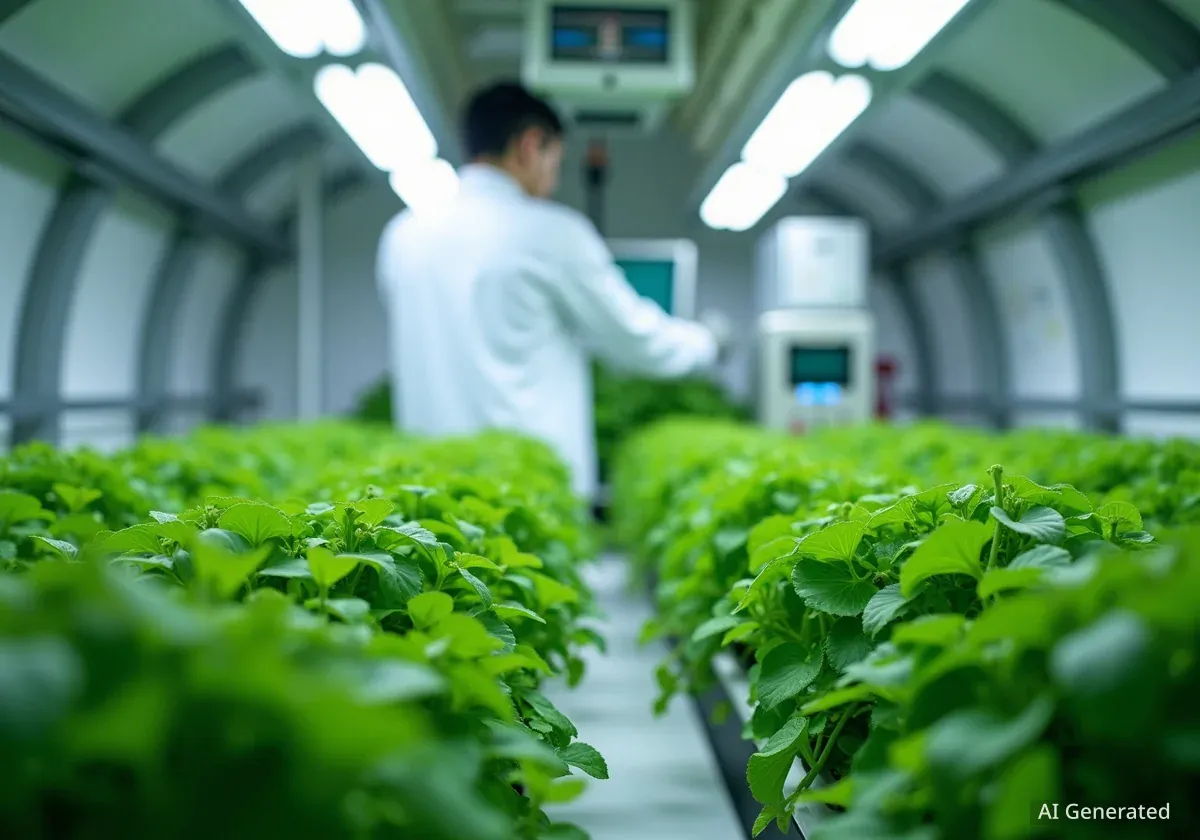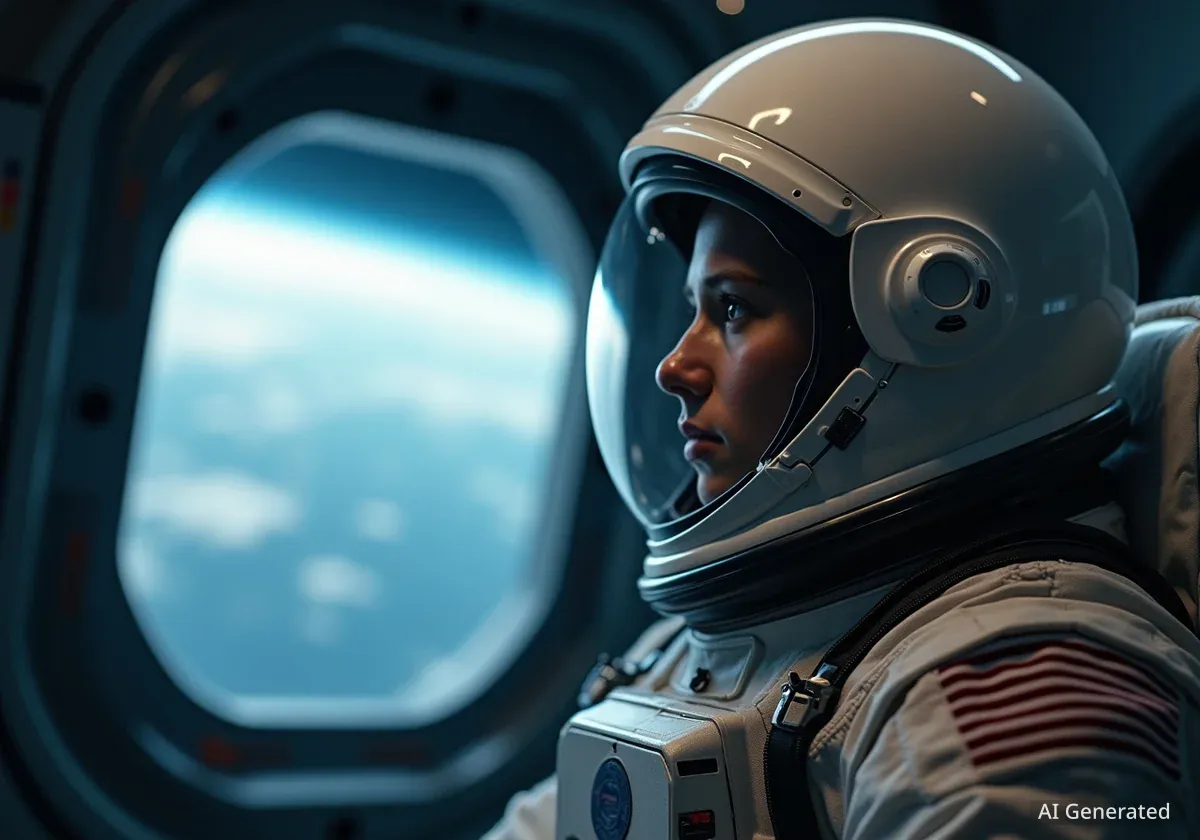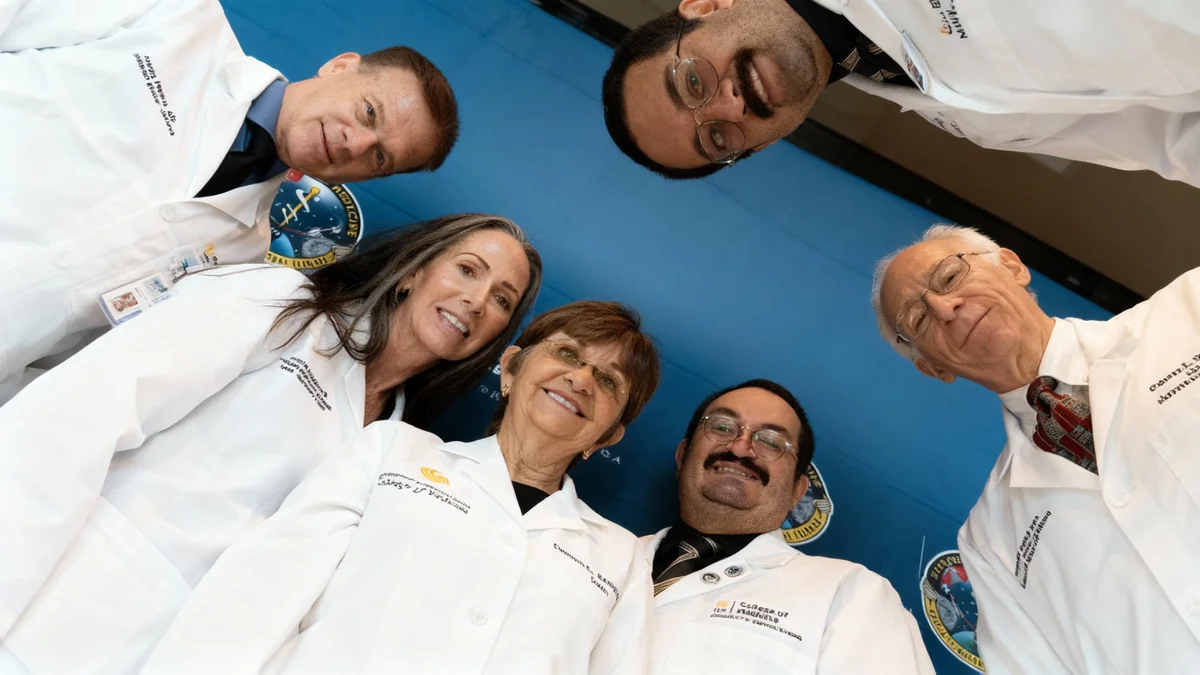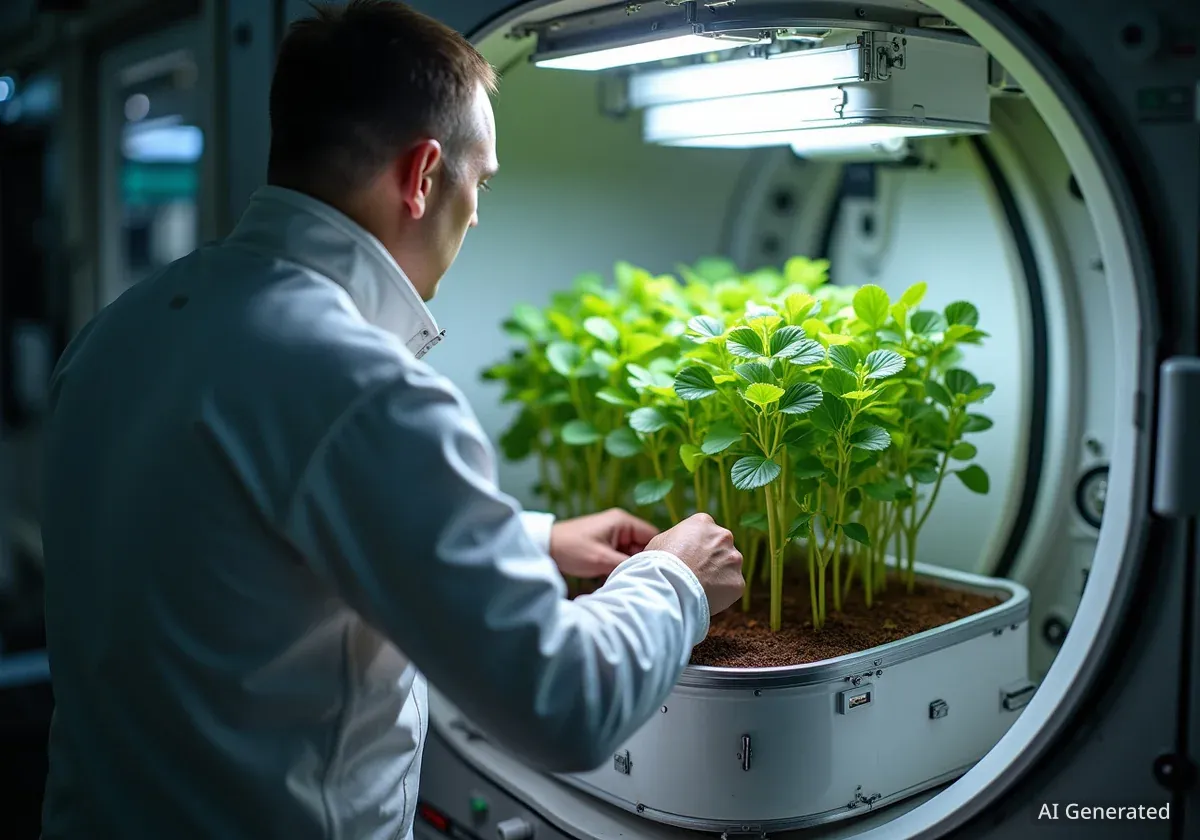Vickie Kloeris, a Texas A&M University graduate from the class of 1978, spent 34 years at NASA's Johnson Space Center developing the food that astronauts eat in orbit. Her distinguished career, which shaped the menu for both the Space Shuttle and the International Space Station, began unexpectedly with a single elective course she took during her final semester of college.
Initially on a path toward a career in medicine, Kloeris was a microbiology major who needed one more elective hour to graduate. She enrolled in a four-hour food microbiology course, a decision that redirected her professional life toward the specialized field of food science and technology, ultimately leading her to one of the most unique culinary jobs in the world.
Key Takeaways
- Vickie Kloeris's 34-year career at NASA started after a food microbiology elective at Texas A&M changed her focus from medicine to food science.
- She managed the food programs for the Space Shuttle and the International Space Station, developing a menu of nearly 200 shelf-stable items.
- Kloeris participated in a 91-day sealed chamber study to test life support systems, setting a new record for continuous living in a closed environment.
- She authored the book "Space Bites," with all profits funding food science scholarships at Texas A&M and the Institute of Food Technologists.
An Unplanned Path to Space Science
Vickie Kloeris's journey from Texas City to NASA was not a direct one. While studying microbiology at Texas A&M, she was focused on a future in medicine. However, when registering for her final semester, she found herself short one elective hour required for graduation. Against advice to choose an easier option, she selected a challenging four-hour course in food microbiology within the College of Agriculture and Life Sciences.
That single class fundamentally altered her perspective. "It opened my eyes to how microbiology could be applied to food science," Kloeris explained. This newfound interest prompted her to pursue a master’s degree in the field, conducting research in the seafood technology lab at the Kleberg Animal and Food Sciences Center.
From Hospitals to Houston's Space Center
After completing her master's degree, Kloeris's career path took several turns. She first worked on a funded project on campus before moving to Galveston. There, she spent two years in cell culture research at the University of Texas Medical Branch. Her first official food science position was at a Houston hospital, where she was responsible for managing food quality and safety for a large-scale food production facility.
It was during this time that she began attending local meetings of the Institute of Food Technologists (IFT). At these events, she connected with food scientists from NASA's Johnson Space Center. "I was intrigued about the application of food science to the space program, and I told them to call if a position opened," she recalled. About two years later, in 1985, they did. She began as a contractor and, by 1989, became a civil servant managing the Space Shuttle's food program.
Innovating the Astronaut's Menu
One of the most significant challenges for the NASA food lab was creating a varied and nutritious menu for long-duration missions on the International Space Station (ISS). According to Kloeris, the ISS menu features nearly 200 different foods and beverages, all of which must be shelf-stable.
No Refrigeration in Space
Early design plans for the International Space Station prioritized electrical power for scientific research freezers, not for food storage. This constraint meant that the entire food system, from packaging to preparation, had to function without refrigerators or freezers.
Initially, the program relied on commercially available products and military rations. However, these items were often high in sodium. While acceptable for short Space Shuttle flights, high-sodium diets posed a health risk for astronauts on missions lasting several months, as it can worsen the bone loss that occurs in microgravity.
"We shifted from selecting off-the-shelf products to developing our own thermostabilized and freeze-dried foods with less salt that still tasted familiar. That pivot moved us into true product development."
This shift became a cornerstone of her work, focusing on creating appealing and safe food for an environment with no kitchen and limited resources.
Crew Favorites in Orbit
Over the years, certain items developed by Kloeris's team became staples on the space station menu. Two of the most popular were:
- Freeze-dried shrimp cocktail: This dish featured a tomato-based sauce with a strong horseradish flavor. The powerful taste was particularly effective because astronauts often experience congestion due to fluid shifts in microgravity, which can dull their sense of taste.
- Cherry blueberry cobbler: A thermostabilized dessert served in a pouch, this item provided a comforting taste of home. Kloeris noted that warm desserts were important for boosting morale during long stays in space.
The shrimp cocktail was so popular that astronaut Peggy Whitson, who disliked it personally, would pack it specifically for trading with other crew members who loved it.
Living the Mission: The 91-Day Chamber Test
To better understand the challenges of long-duration spaceflight, Kloeris volunteered to be a science officer in a groundbreaking experiment. She and three crewmates lived inside a sealed habitat for 91 consecutive days to test advanced air and water recycling systems intended for the space station.
Setting a New Record
The original test was planned for 90 days. However, partway through the mission, the Johnson Space Center director decided to extend it by one day to surpass the previous closed-chamber record of 90 days, which was set during the Apollo era.
During their three months in isolation, the crew conducted approximately 13 different studies. They meticulously logged their food consumption, tested new methods for keeping dietary records, and monitored microbial buildup on surfaces within the closed environment. The experience also contributed to the development of exercise protocols, as physiologists monitored their data from a treadmill and exercise bike inside the chamber.
The test successfully demonstrated the viability of recycling all air and water. Kloeris noted that purified drinking water was often returned to the crew just a few days after it had been used. As an interesting side note, two of her crewmates in the chamber were fellow Texas A&M graduates.
Inspiring the Next Generation
Since retiring from her 34-year career, Kloeris has focused on giving back to the field that gave her so much. She authored a book titled Space Bites to document her experiences and to highlight food science as a viable and exciting career path for students.
"People often think NASA is only astronauts and engineers, but it takes many kinds of talent to run a mission," she stated. In line with this goal, she donates all profits from her book to support food science scholarships at Texas A&M University and through the Institute of Food Technologists.
Kloeris remains actively involved with her alma mater, serving on the advisory committee for the Department of Food Science and Technology. She frequently visits the campus to speak with students, encouraging them to seek out hands-on lab experience, join professional organizations like IFT, and pursue internships to see food safety, processing, and sensory work firsthand. Through her story, she continues to fuel the passion of future scientists who will carry the field forward.

